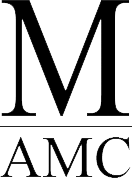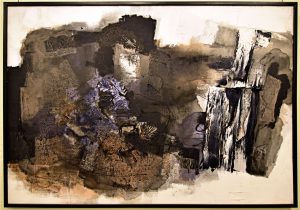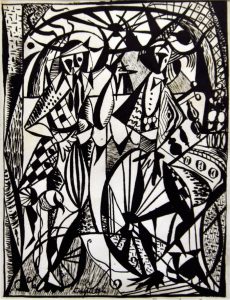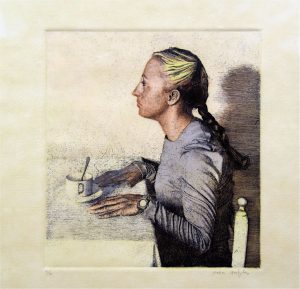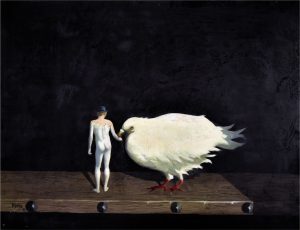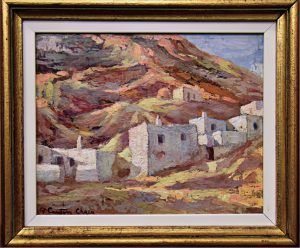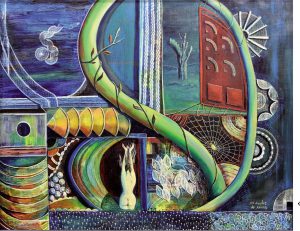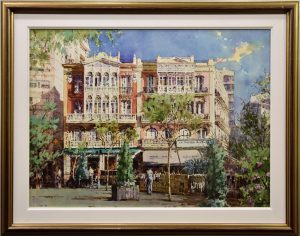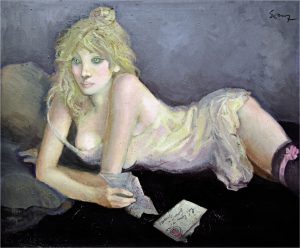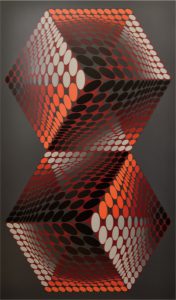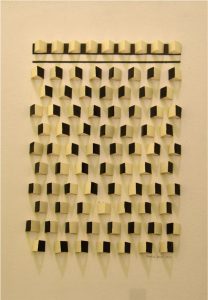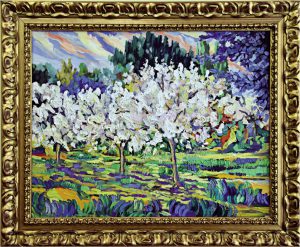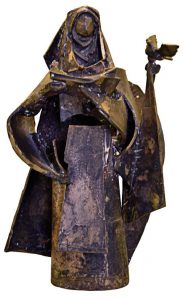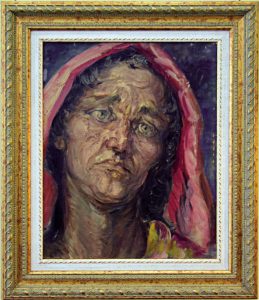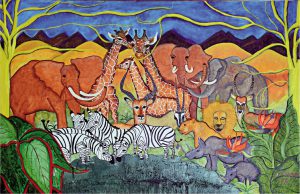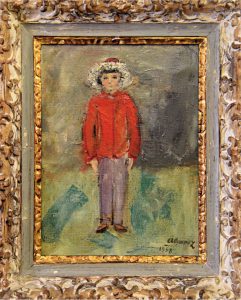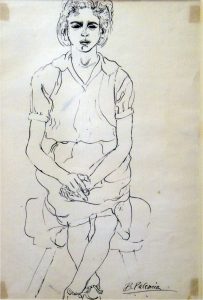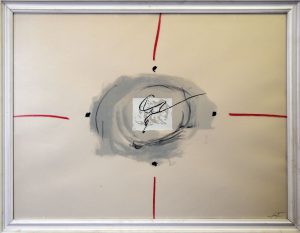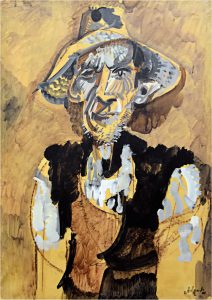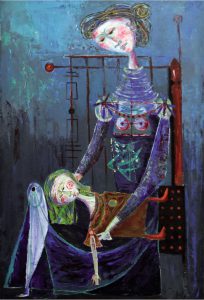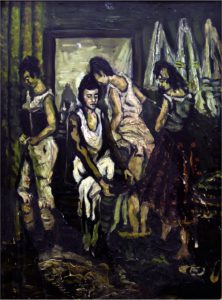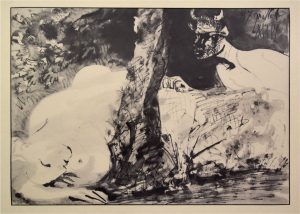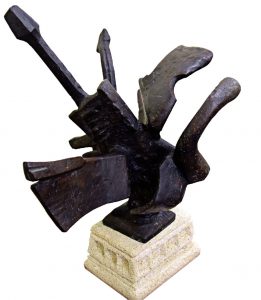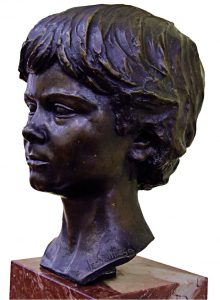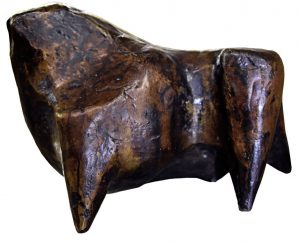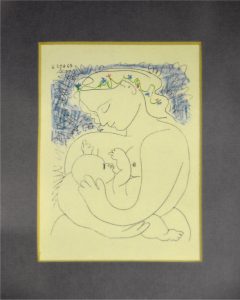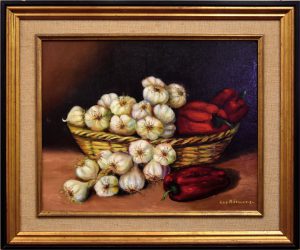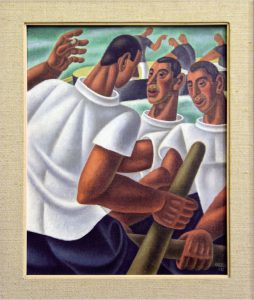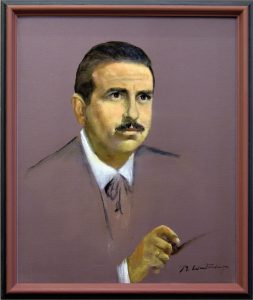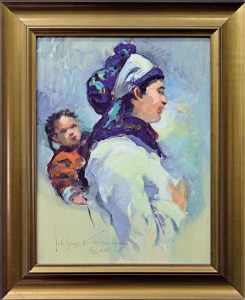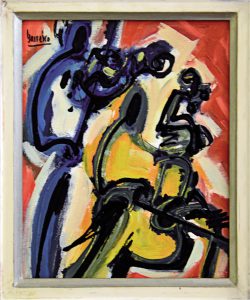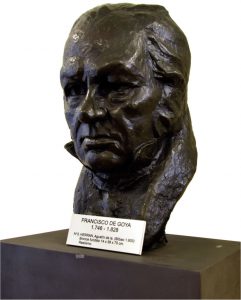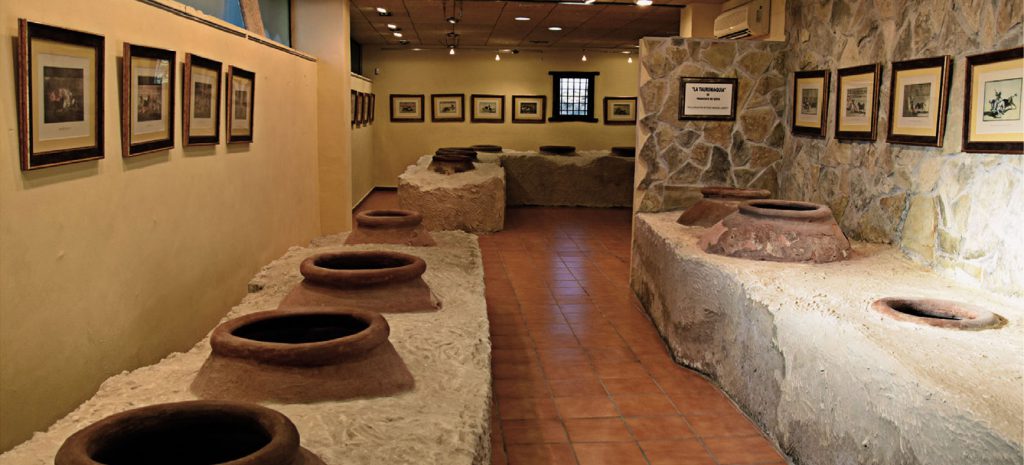
Collections

Within what we can call works, we will distinguish two main modalities when it comes to being practical: paintings and sculptures, and within the former we will follow the criteria of the catalog that classifies them on the one hand into “Painting, drawing and engraving” and , on the other, in “Engravings and etchings folders“, in addition to the third section of “Sculptures“.
We have proceeded to contrast the different inventories of the works donated by the Campoy family with those registered in the catalog and in the examination of piece by piece, resulting in the numbering given to some of them, rather than a typical painting It was, for example, a family coat of arms, a photo or some written text, yes, framed. This makes the total number of tables in the inventory 393, when in fact there are 390 that can be considered as such.

Table 1: Number of MAMC Values
MAMC museum tour.
When the palace of the Marquis was restored and we got ready to hang the pictures on its walls, along with the placement of the sculptures, both Rosita and Anastasio expressed their idea that their distribution and order through the exhibition spaces should not follow the criteria of the museum It is conventional to group the works by their artistic styles, but rather that their arrangement is done as it is done in a domestic environment, in which we place an impressionist painting next to a cubist, for example, aligned with a hyper-realistic work, this other example is also worth it. , and without leaving empty walls with hardly any hanging pictures. A placement that we could call familiar, as if entering the museum was similar to entering the Campoy house itself, full of pieces by the most prominent artists of 20th century Spanish contemporary art.
In the museum we can distinguish seventeen spaces of which four of them correspond to the four semi-cylindrical bastions in the four corners of the ground floor, which in peacetime were used to store gunpowder. As we will see, some of these spaces, although with different initially assigned uses, also ended up serving as showrooms given the high number of works donated by the Campoy family.

 Schedules: Thursdays – Saturdays 10.00h – 13:30h and 16:30h – 19:00h / Mondays 10.00h – 13:30h – Ticket From € 1 –
Schedules: Thursdays – Saturdays 10.00h – 13:30h and 16:30h – 19:00h / Mondays 10.00h – 13:30h – Ticket From € 1 –  Email:
Email: 
